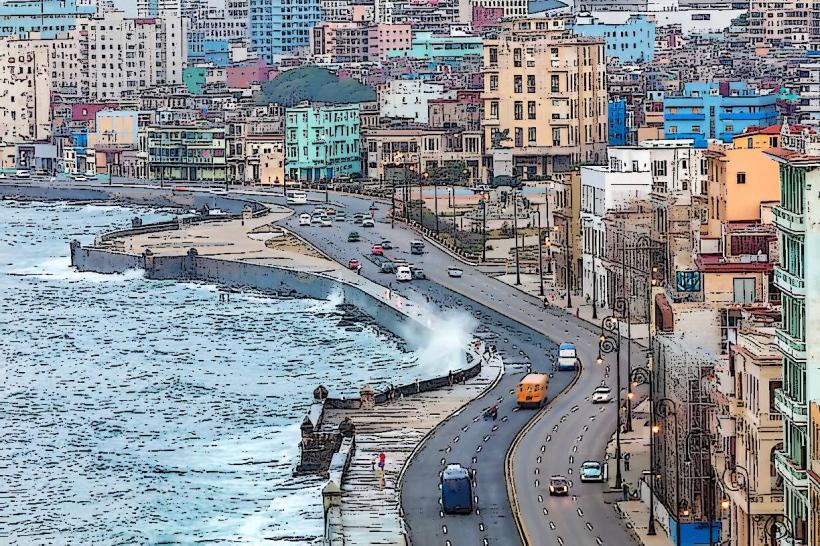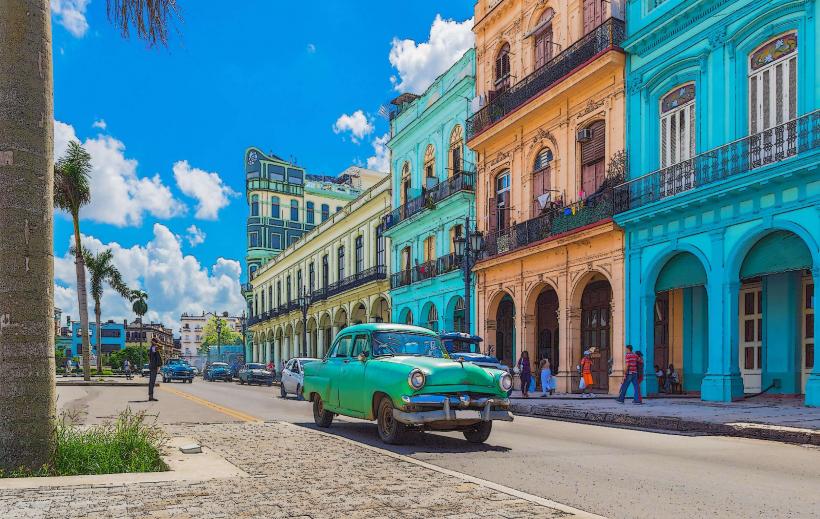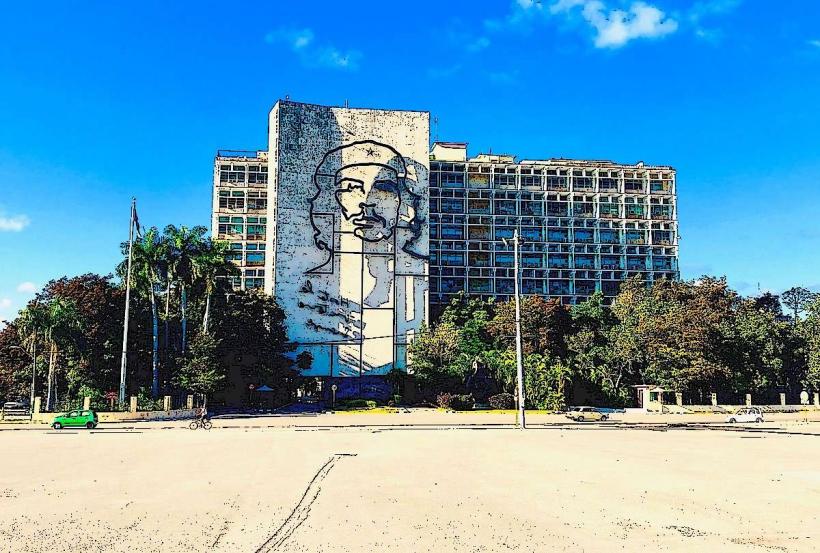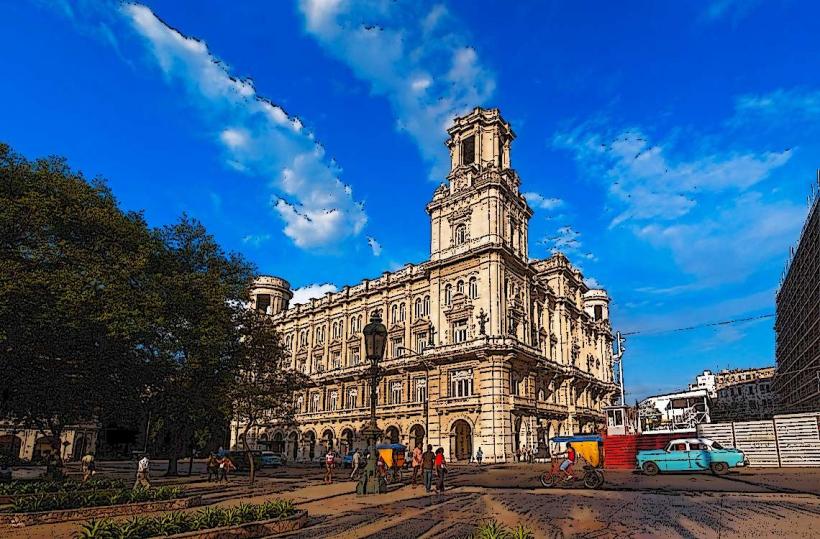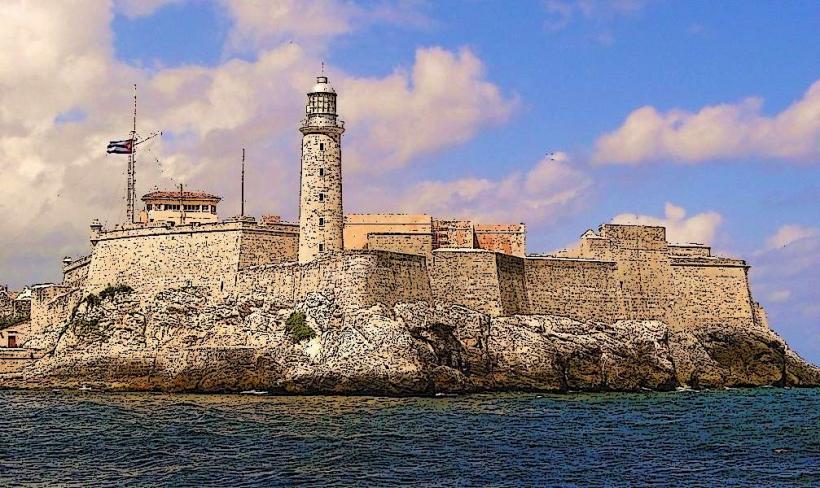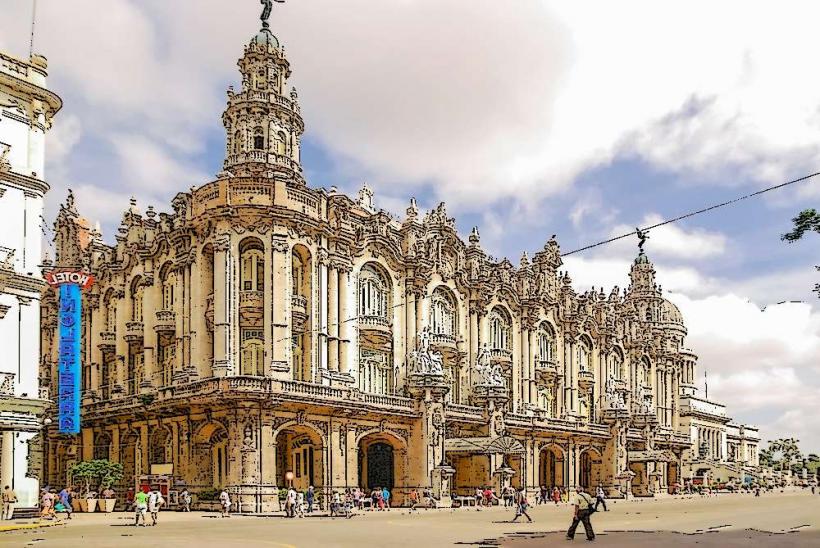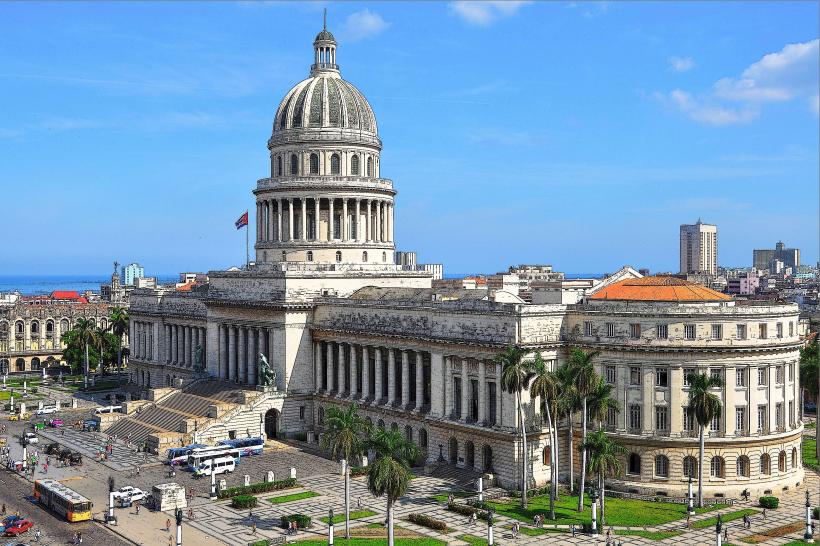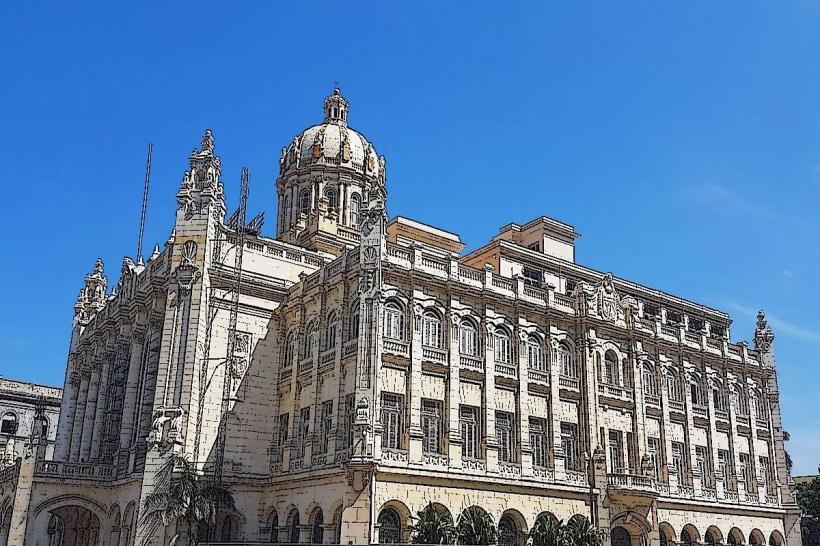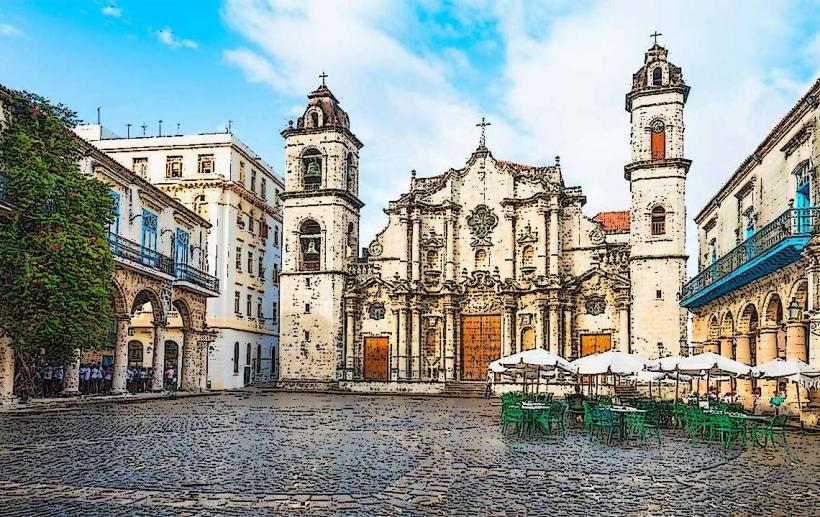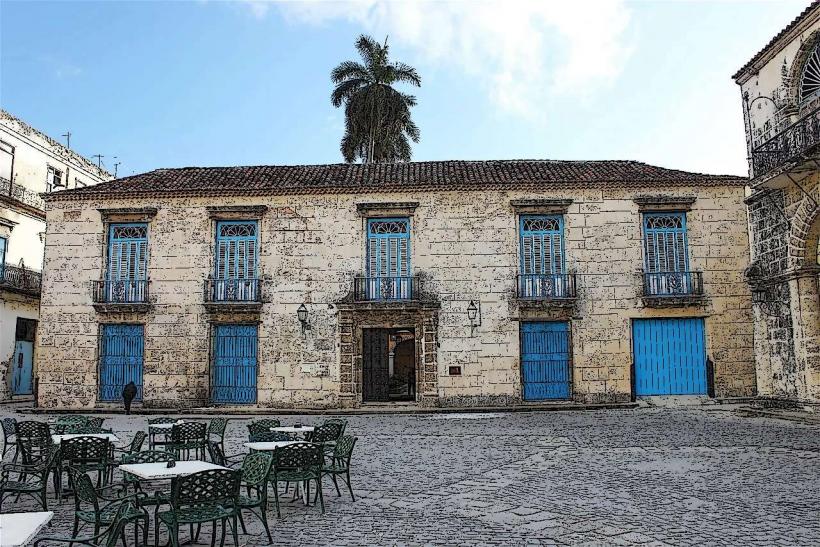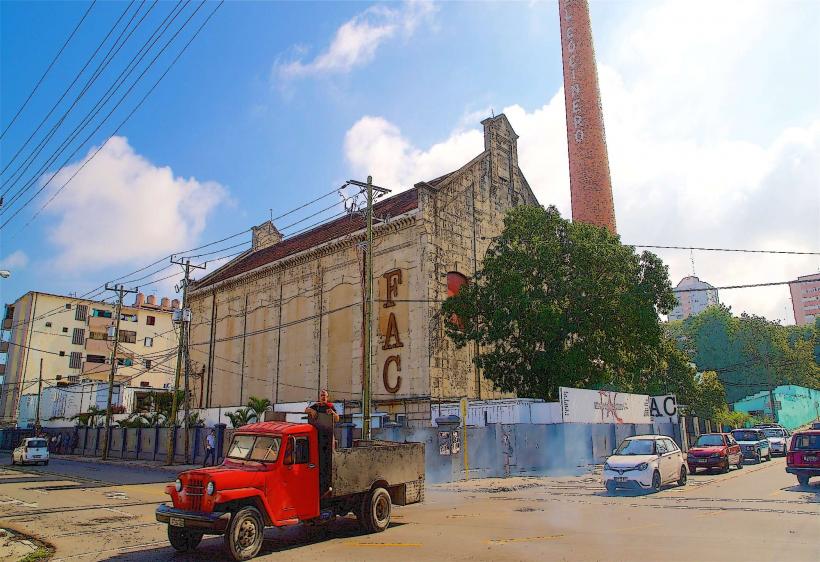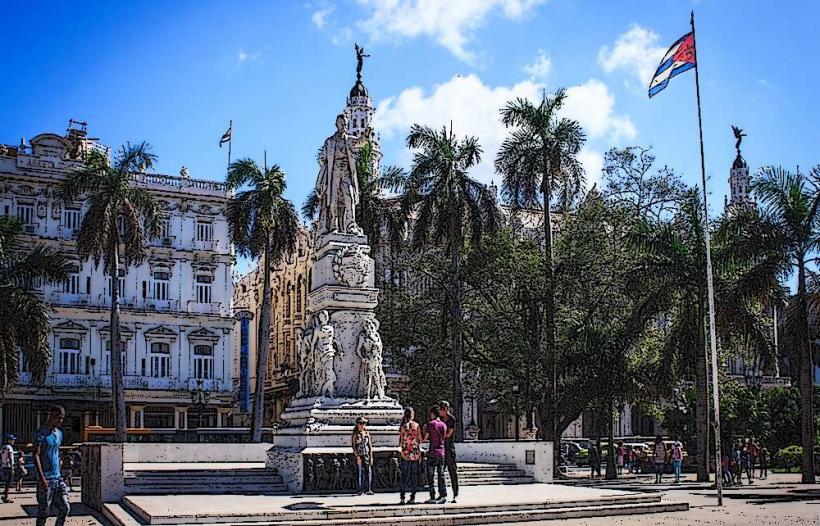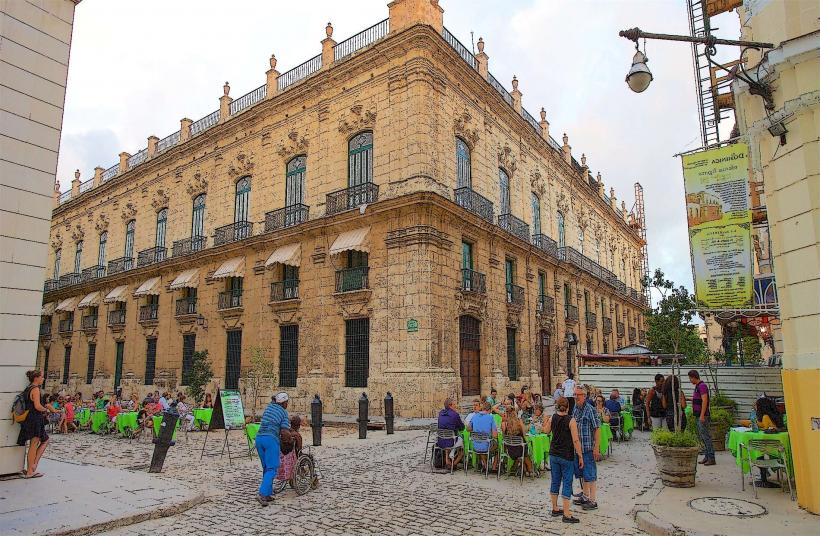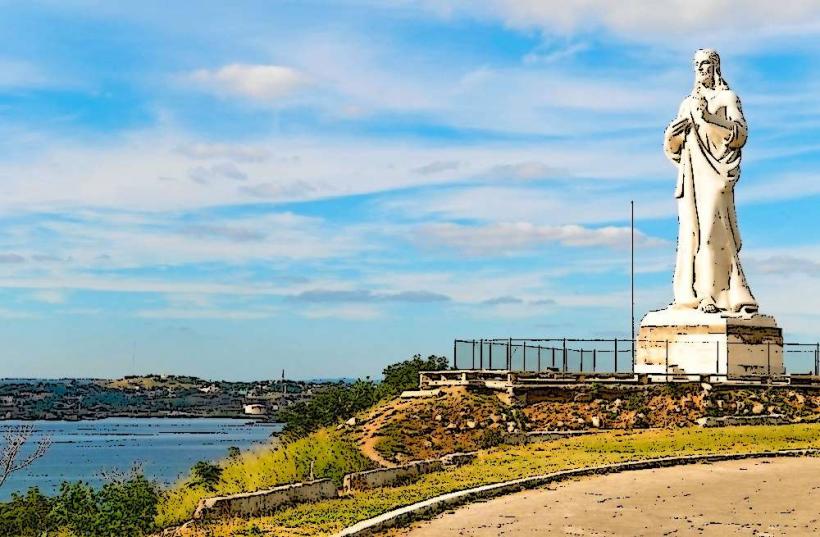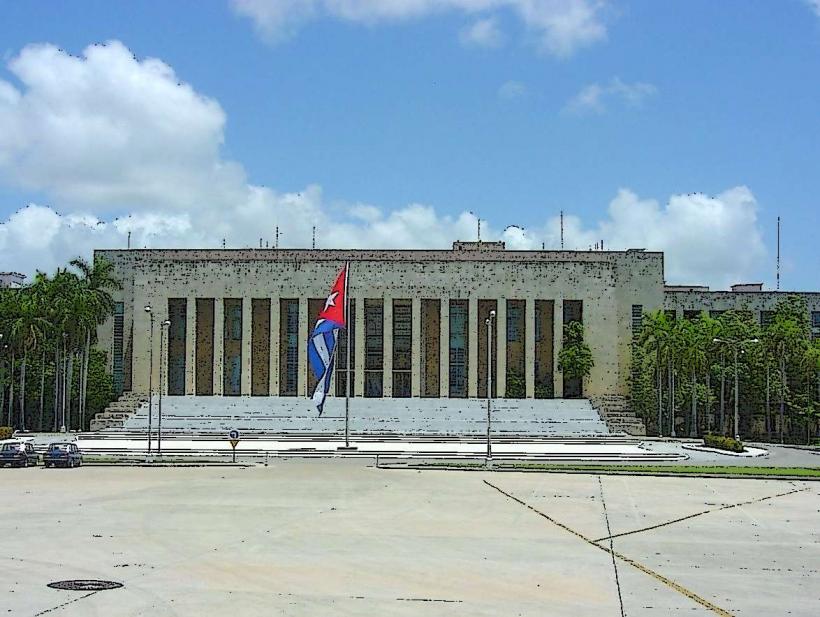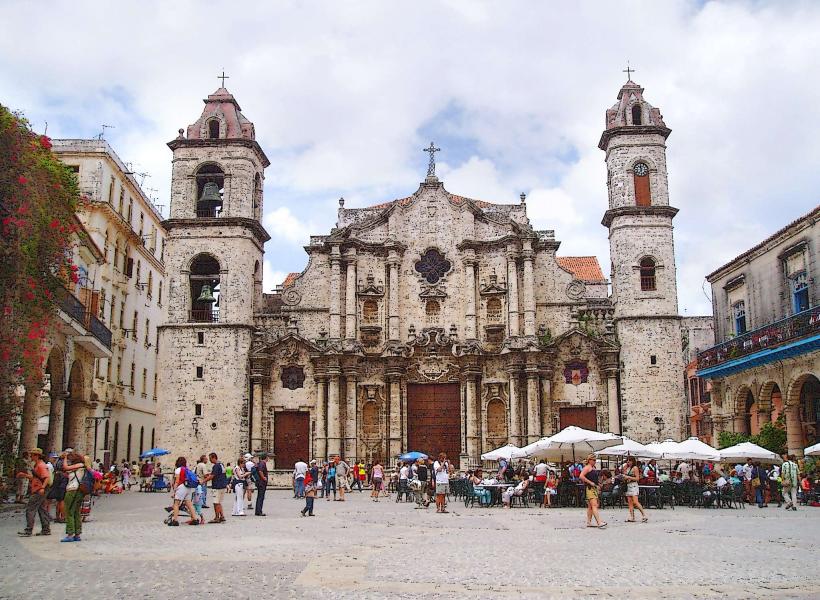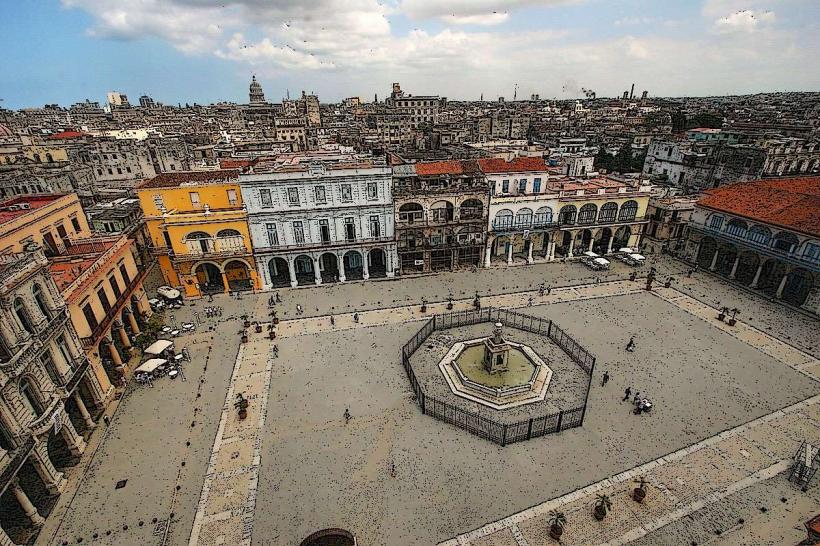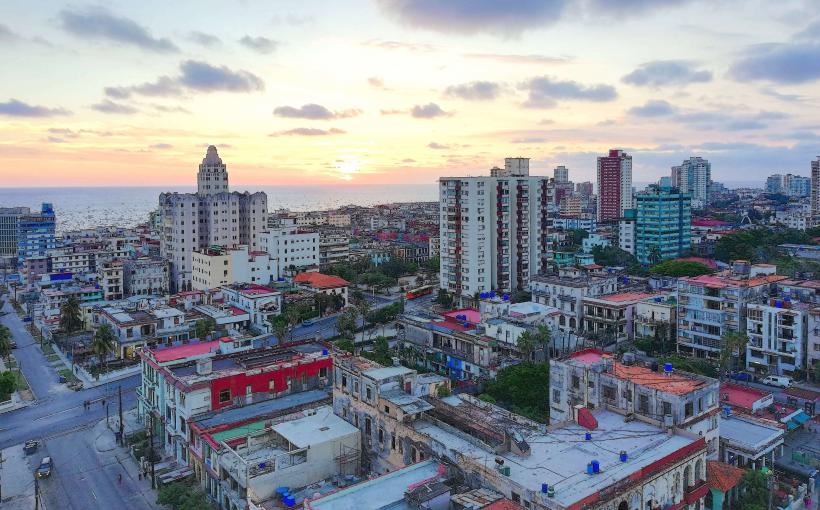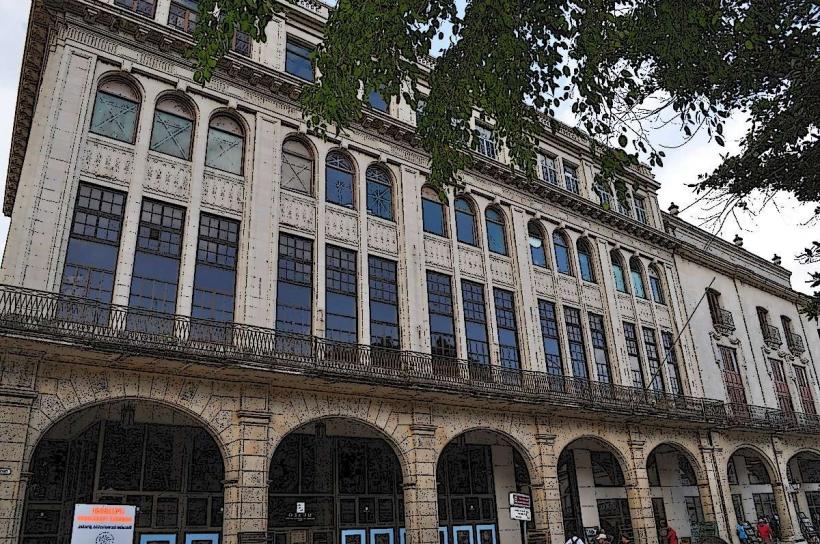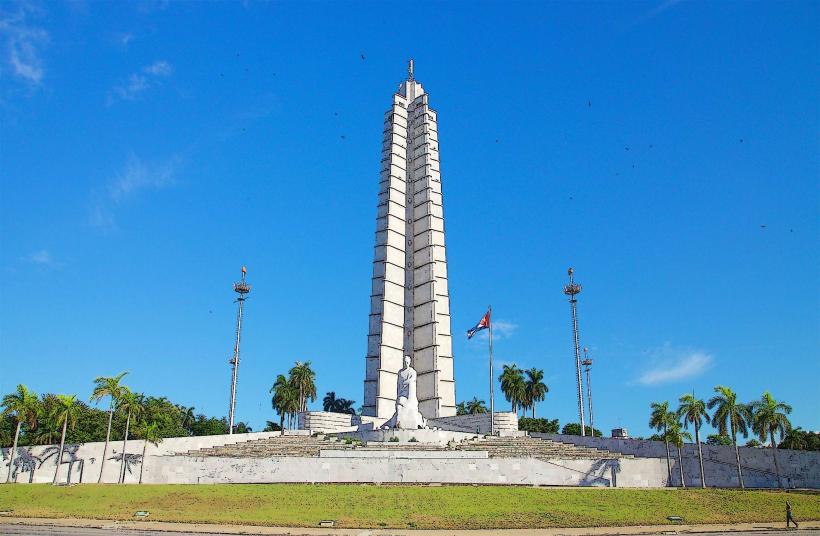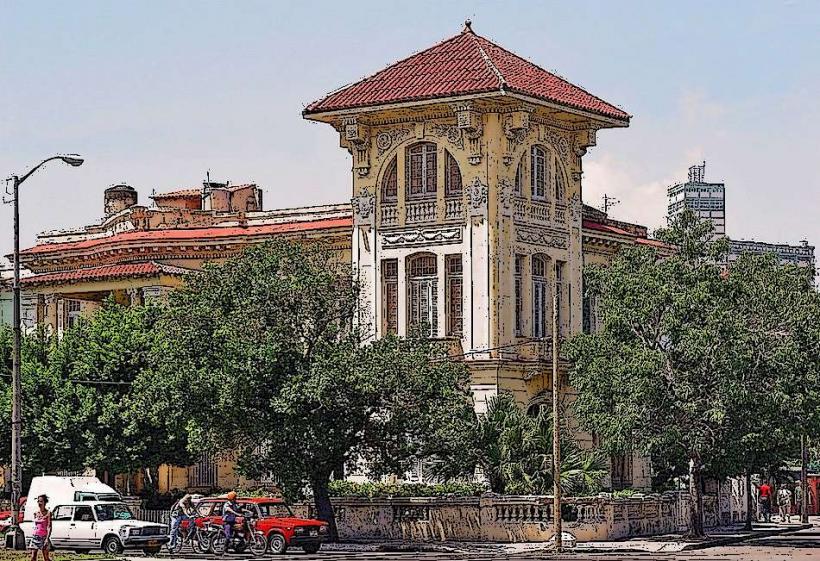Information
Landmark: Barrio Chino (Chinatown)City: Havana
Country: Cuba
Continent: North America
Barrio Chino (Chinatown) in Havana, Cuba, is the historical center of the Chinese community in the city, and one of the oldest and most significant Chinese enclaves in the Americas. Over the centuries, it has evolved from a small, modest neighborhood into a vibrant cultural district that reflects the deep roots of Chinese immigration to Cuba, and their enduring influence on Cuban society and culture.
Here’s a detailed look at Barrio Chino in Havana:
History of Chinese Immigration to Cuba
The first waves of Chinese immigrants arrived in Cuba during the 19th century, primarily as indentured laborers. These immigrants were brought in to work on the island’s sugar plantations, in the mining industry, and later in the construction of railroads and infrastructure projects.
Early Immigration: The first significant group of Chinese immigrants arrived in Cuba in the 1840s, mostly from Guangdong and Fujian provinces in southern China. They came as part of a system that replaced African slaves with contract workers from China. Most of these immigrants initially worked under harsh conditions, and their numbers increased over time.
The Chinese in Havana: In the late 19th century, the Chinese population in Havana began to grow, with many of them settling in a neighborhood that eventually became known as Barrio Chino. By the turn of the 20th century, Chinatown in Havana had become a significant cultural and economic hub, with Chinese-owned businesses, restaurants, and markets becoming central to the area’s identity.
The Chinese Community’s Role: The Chinese community in Havana contributed greatly to the island’s economy and cultural life, particularly through the establishment of Chinese-owned shops, restaurants, herbal medicine stores, and tea houses. Many Chinese immigrants also integrated into the broader Cuban society, and their descendants became active members of various sectors, including business, art, and even politics.
Location and Layout of Barrio Chino
Barrio Chino is located in the Centro Habana district, near the downtown area of the city. It covers several blocks and is bordered by key streets such as Calle Zanja and Calle Dragones. The neighborhood’s proximity to other central parts of Havana, such as the Havana Vieja (Old Havana), makes it a prime destination for both locals and tourists.
The Gateway to Barrio Chino: One of the defining features of Barrio Chino is its iconic Chinese archway (puerta de entrada). This large, red and gold archway stands at the entrance to the neighborhood, symbolizing the cultural and historical connection between China and Cuba. The archway is often adorned with traditional Chinese characters and motifs, adding a distinctive touch to the area’s streetscape.
The Streets of Barrio Chino: Once inside the neighborhood, visitors will find a combination of traditional Chinese architecture and the typical Cuban urban environment. Streets are lined with Chinese-owned shops, eateries, and small businesses. While the neighborhood has undergone changes over the years, it remains a vibrant testament to the legacy of Chinese immigrants in Cuba.
Cultural Significance and Heritage
Barrio Chino is not just a physical neighborhood but a living, breathing repository of Chinese-Cuban culture. It continues to reflect the practices, beliefs, and traditions of the Chinese community, especially in the following areas:
Chinese Cuisine: One of the key cultural legacies of the Chinese community in Havana is its cuisine. Chinese restaurants in the area serve a variety of traditional Chinese dishes, such as fried rice, chop suey, sweet and sour pork, and dim sum. Over time, Chinese food in Cuba has evolved into a unique fusion of Chinese and Cuban culinary traditions. For example, fried rice might be combined with Cuban-style meats, creating a hybrid that represents both cultural influences.
Chinese Festivals and Celebrations: The Chinese New Year (Spring Festival) is one of the most important events celebrated in Barrio Chino. During this time, the neighborhood comes alive with vibrant festivities, including dragon dances, lion dances, and various performances that showcase traditional Chinese music and dance. This celebration is one of the largest in the Caribbean, drawing thousands of spectators each year.
Traditional Chinese Medicine: The neighborhood has long been home to Chinese herbal medicine stores, where visitors can purchase traditional remedies made from plants and herbs. These stores continue to sell Chinese medicines, acupuncture treatments, and herbal teas, providing a glimpse into the holistic health practices brought to Cuba by Chinese immigrants.
Chinese Language and Schools: At its peak, Barrio Chino was home to several Chinese-language schools, where Cuban-born Chinese children could learn their ancestral language and customs. Though the number of Chinese-language schools has decreased over time, some of the cultural and linguistic traditions remain, and a few older residents still speak Chinese dialects such as Cantonese.
Transformation and Challenges
In recent decades, Barrio Chino has undergone changes. The Chinese community in Havana has shrunk, with many descendants of the original Chinese immigrants having integrated into Cuban society or emigrated abroad. As a result, many of the traditional Chinese businesses in the area have closed, and the once-thriving neighborhood has seen a decline in activity.
However, Barrio Chino remains a vibrant part of Havana's cultural mosaic, attracting tourists who are interested in exploring its unique heritage. The neighborhood still has a few Chinese-owned shops and restaurants, as well as some remnants of its once-bustling commerce. The Chinese archway, which marks the entrance to Barrio Chino, remains a popular photo stop for visitors.
Modern-Day Barrio Chino
Tourism: Despite the reduction in the size of the Chinese community, Barrio Chino continues to attract tourists who come to see the neighborhood’s distinctive blend of Chinese and Cuban culture. The area is still home to a few traditional Chinese restaurants, which have become popular not only with Chinese Cubans but also with tourists seeking an authentic experience.
Cultural Preservation: Efforts to preserve the cultural heritage of the Chinese community in Havana are ongoing. In recent years, there have been initiatives to restore some of the buildings in Barrio Chino and to revitalize the area’s cultural and historical significance. These efforts are supported by both the Cuban government and the local community.
Notable Landmarks and Attractions
The Chinese Archway (Puerta de Entrada): As mentioned earlier, the archway is a prominent symbol of the neighborhood. It was erected in 1992 as part of the efforts to restore the neighborhood’s heritage. The archway is an iconic representation of the Chinese community's historical presence in Cuba.
Restaurants: A few Chinese restaurants in the area continue to serve as cultural touchstones, offering dishes that represent the fusion of Chinese and Cuban culinary traditions.
Cultural Events: Barrio Chino is home to a number of cultural events throughout the year, particularly the Chinese New Year celebrations. During these festivals, the area is transformed with vibrant decorations, traditional Chinese performances, and street markets offering Chinese food and goods.
Conclusion
Barrio Chino in Havana remains a significant cultural and historical site, reflecting the deep legacy of Chinese immigration to Cuba. Although the neighborhood has faced challenges over the years, including the decline of the Chinese community and changes in local business practices, it continues to be an important symbol of Cuba’s multicultural identity. The Chinese archway, the Chinese restaurants, and the Chinese New Year celebrations are all testament to the enduring cultural impact of the Chinese community on Cuban life. For anyone visiting Havana, Barrio Chino offers a unique opportunity to explore the intersection of Chinese and Cuban cultures, providing a deeper understanding of the city’s diverse heritage.

